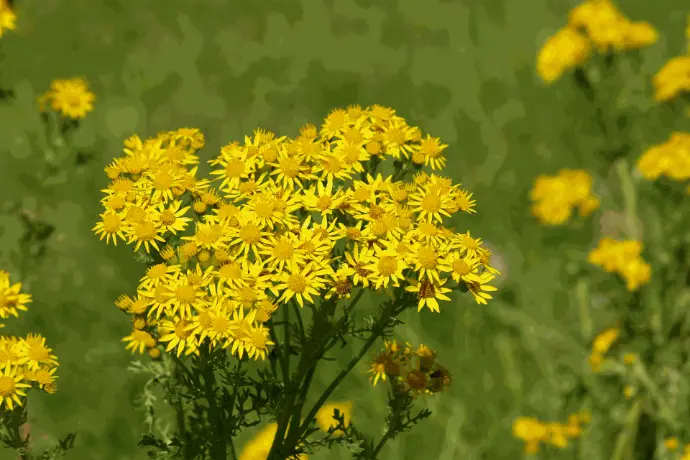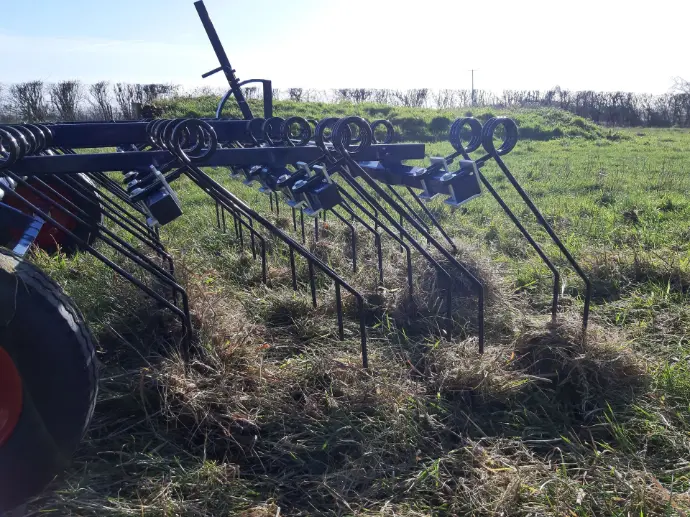Spring Land Management:
Getting Your Paddocks Ready for the Season
As the days grow longer and the grass begins to surge back to life, spring is the perfect time to give your paddocks some much-needed TLC. Good land management now will ensure healthier paddocks, preventing potential issues later in the season, and keeping the ground in top condition to allow for healthy 24-hour grazing.
Weed Out the Nasties
One of the first jobs in spring paddock maintenance is removing weeds and poisonous plants. Ragwort, for instance, is highly toxic to horses, even in dried form. If left unchecked, it will quickly spread and become a bigger problem later in the year. Take the time to manually pull out any visible weeds, ensuring you remove the roots to prevent regrowth. For larger areas, spot-treating with a suitable herbicide might be necessary. Just remember to keep horses off treated fields for the recommended period.

Harrowing for a Healthy Field
Winter can leave paddocks looking worse for wear, with poached mud, uneven footing, and tracks walked in like motorways. A great way to refresh your pasture is by harrowing with a grass harrow, which helps break up compacted soil, aerate the ground, and remove old, dry thatch. This then encourages stronger, healthier grass growth. The ArenaMate® Grass Harrow makes this job quick and effective, helping your paddocks recover faster from winter wear and tear.

Reseeding and Rolling
After harrowing, you may notice some bare patches in your pasture. Reseeding these areas will encourage lush, even growth and prevent weeds from taking hold. Choose a quality grass seed mix suitable for equine grazing and lightly roll the ground after sowing to ensure good soil contact. Rolling also helps to level out any uneven ground caused by the wet winter months, making the paddock safer for both horses and humans.
Keeping Entrances Dry
With the unpredictable spring weather, entranceways and popular standing areas can quickly become boggy again, resurfacing possible hoof problems and potentially reducing the amount of turnout accessible. HIT Top Clean mats provide a durable, mud-free surface, keeping these areas dry and reducing wear and tear. Offering hardstanding areas all year round, placing these mats in high-traffic spots such as gateways and feeding stations will help protect the ground from typical British weather.
Future You Will Thank You For The Effort!
Taking the time to manage your land in spring will pay off throughout the year. By removing harmful plants, harrowing and reseeding, you’ll ensure a healthy, safe environment for your horses.
Please note: Spring grass can be full of sugar, and while it’s tempting to let your horse enjoy the fresh growth, too much too soon can cause serious health problems like laminitis. Introduce your horse gradually to spring grazing, using strip grazing or a cycling system. If necessary, consider using a grazing muzzle to reduce consumption without restricting movement and socialisation.